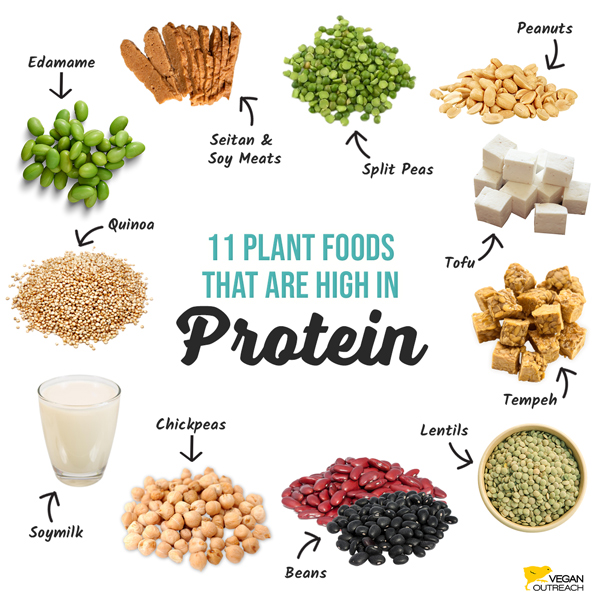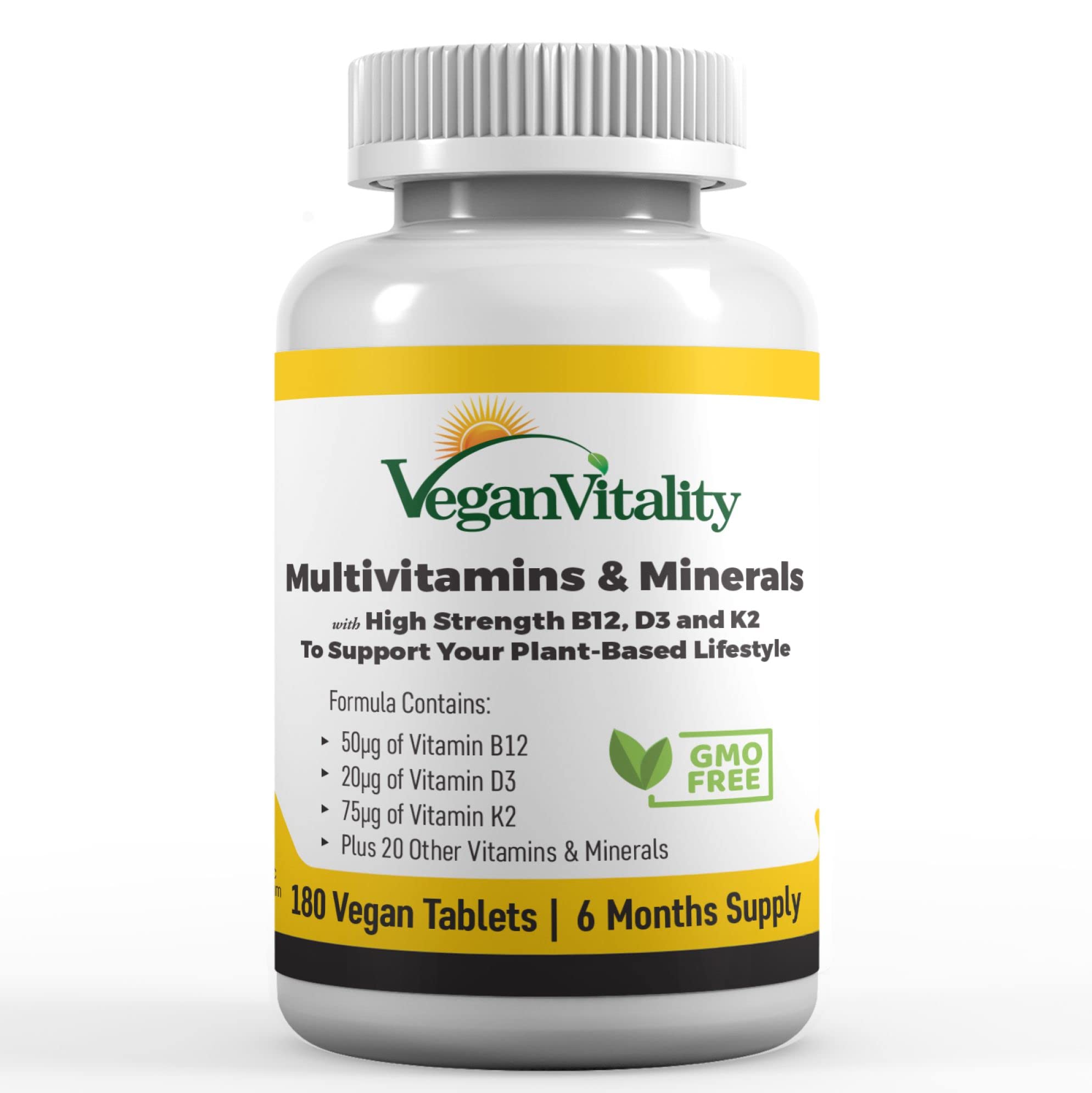
It can be hard to introduce meat into your daily diet after becoming a vegetarian/vegan. It is not only necessary to consume animal products for Vitamin D, K and vitamin B12, which are vital for good bone health. You also need iron and protein, which can only be found in animal products. Reintroducing meat to your diet for the first time can cause digestive issues. Avoid heavy meals and opt for simple meals.
Side effects of reintroducing meat to a vegetarian or vegan diet
Some side effects can occur if meat is introduced to your diet if you are vegan or vegetarian. The first thing that you may experience is a change in your digestive system. Most vegetarians won't experience any side effects. However, some people may feel nausea and bloating after eating meat again. Other symptoms may include abdominal pain and lightheadedness. Some people also experience indigestion. Reintroducing meat into your diet is not recommended if you are pregnant or breastfeeding.
You may also get food poisoning if you introduce meat. This can happen for as long as several days. People with sensitive stomachs may also be affected by meat. They may experience nausea and headaches in these cases. It is important to keep a diary of the symptoms you experience so that you can be tested for food sensitivities. This can help prevent unpleasant side effects from happening and could also help to avoid health problems.

Vitamin D is important for bone health. Vitamin K is also necessary.
There's no doubt that meat and dairy products contain high amounts of calcium and phosphorus, which are essential for bone health. Lack of these nutrients can lead the body to have weak and fragile bones. Vitamin D deficiency may also cause autoimmune diseases and increase risk of infection. People with vitamin D deficiencies may experience higher levels of depression. Remember to take plenty of calcium the next time that you eat meat.
Calcium is an essential mineral that plays a vital role in bone formation, muscle function, and heart health. Despite its importance, vegans are likely to have low levels of this mineral. Supplements of calcium are available in the form of pills or powder, but it's important to make sure you get enough of them. Vitamin D is an essential component of mood regulation and immune system function. Vitamin D also aids in the absorption and maintenance of other nutrients.
Vitamin B12 can be found only in animal products
While vitamin B12 is only naturally found in animal products, you can get enough by eating some plant-based foods. Fortified foods include nutritional yeast, soymilk, and certain breads. Check the label of any food product that you purchase to see if it contains vitamin A12. It is also recommended to get a B12 blood test every year, regardless of whether you're a vegan or a vegetarian.
Traditionally, people derived their vitamin B12 from bacteria present in plant-based foods. Modern hygiene practices have resulted in a decrease in the amount of bacteria present in fruits, vegetables, and other foods. This has made it difficult for vitamin B12 to be absorbed due to the reduced amount of stomach acids in our diet.

After eating meat, the skin responds to it.
When they eat meat, acne sufferers notice a shift in their skin. Among other changes, these people often experience acne breakouts. Choline in meat can cause an increase in Trimethylamine Noxide (TMAO), a hormone which contributes to chronic inflammation. The body is not able to tolerate a diet that does not include meat, despite the fact that it has fewer processed foods and better hydration. If you do notice any changes in your skin after eating meats, please be patient and don't rush to change your diet.
Rashes are the first sign of food allergies. A rash appears on the skin when blood vessels dilate from inflammation. Eczema or hives can occur due to sensitivity to meat protein. Hives can be a sign of sensitivity and include red, fluid-filled bumps appearing on the skin. Both types may be uncomfortable and could even cause respiratory issues.
FAQ
How much should I weight for my height and age? BMI chart & calculator
Use a BMI calculator to determine how much weight is needed to lose. The healthy BMI range for a healthy person is 18.5 to 24.9. To lose weight, you should aim for a loss of 10 pounds per year. Simply enter your height/weight into the BMI calculator.
This BMI chart will help you determine if your body is overweight or obese.
How often should you exercise?
Fitness is key to a healthy lifestyle. You don't have to exercise for a certain amount of time. The key is finding something you enjoy and stick with it.
It is a good idea to exercise at least three times per week. Then, you should aim to do between 20 and 30 minutes of moderate-intensity activity. Moderate intensity will mean that you'll continue to be exerting yourself afterward. This type of exercise burns approximately 300 calories.
For those who prefer to walk, you can go for 10-minute walks four times a week. Walking is easy on the joints and has low impact.
Jogging three times a week for 15 mins is enough if you want to run. Running is an excellent way to lose weight and tone your muscles.
If you're not used to exercising, start slowly. Begin by doing 5 minutes of cardio each day, a few times per week. Gradually increase your cardio time until you reach the goal.
What can be done to increase your immune system's effectiveness?
The human body consists of trillions of cells. These cells work together to form organs and tissues that perform specific functions. One cell is replaced by another when it dies. The chemical signals known as hormones are used to communicate between cells. Hormones regulate all bodily processes, from growth and development to metabolism and immunity.
Hormones, chemicals that are secreted throughout the body by glands, are chemicals. They circulate through the bloodstream and act as messengers to regulate how our bodies function. Some hormones come from the body and others are produced outside.
When a hormone-producing gland releases their contents into the bloodstream, hormone production begins. Once hormones are released, they move through the body to reach their target organ. Some hormones are only active for a brief time. Some hormones last longer and influence the body's functionality even after leaving the bloodstream.
Some hormones are produced in large quantities. Others are made in very small amounts.
Some hormones are made at specific times in your life. The production of estrogen can occur during puberty and pregnancy, as well as menopause and old age. Estrogen aids women in developing breasts, maintaining bone density and preventing osteoporosis. It also promotes hair growth and keeps skin smooth and soft.
What is the most healthful lifestyle?
Living a healthy lifestyle is one that encourages you to eat well, exercise regularly, get enough sleep, and avoids stress. You can live a long and healthy lifestyle if these guidelines are followed.
You can start by making small changes in your diet and exercise routine. If you're looking to lose weight, walk for 30 minutes each morning. For more activity, you can try swimming or dancing. An online fitness program such as Strava or Fitbit that tracks your activity could be a good option.
These are the 7 secrets to a healthy life.
-
Take care of your health
-
Exercise regularly
-
Good sleep
-
Get plenty of water.
-
Get adequate sleep
-
Be happy
-
Smile often
What is the difference between a virus and a bacterium?
A virus is a microscopic organism which cannot reproduce outside of its host cell. A bacterium is a single-celled organism that reproduces by splitting itself in two. Viruses measure only 20 nanometers in diameter, but bacteria is up to 1 millimeter in size.
Viruses can be spread by contact with bodily fluids containing infected substances, such as saliva, urine and semen. Bacteria is usually spread directly from surfaces or objects contaminated with bacteria.
Viral infections can also be introduced to our bodies by a variety of cuts, scrapes or bites. They can also penetrate the nose, lips, eyes and ears, vagina,rectum, or anus.
Bacteria can enter our bodies through wounds, cuts, scrapes, burns, insect stings, or other breaks in our skin. They can also get into our bodies via food, water or soil.
Both bacteria and viruses can cause illness. But viruses can't multiply within their host. Viral infections can only cause diseases in living cells.
Bacteria may spread to other people and cause sickness. They can also invade other parts of your body. They can even invade other parts of the body, which is why antibiotics are necessary to eradicate them.
Statistics
- WHO recommends reducing saturated fats to less than 10% of total energy intake; reducing trans-fats to less than 1% of total energy intake; and replacing both saturated fats and trans-fats to unsaturated fats. (who.int)
- WHO recommends consuming less than 5% of total energy intake for additional health benefits. (who.int)
- In both adults and children, the intake of free sugars should be reduced to less than 10% of total energy intake. (who.int)
- Extra virgin olive oil may benefit heart health, as people who consume it have a lower risk for dying from heart attacks and strokes according to some evidence (57Trusted Source (healthline.com)
External Links
How To
What does the term "vitamins" mean?
Vitamins are organic compounds found naturally in food. Vitamins allow us to absorb nutrients from food. Vitamins cannot be made by the body; they must be taken from food.
Two types of vitamins exist: water soluble and oil soluble. Water-soluble vitamins dissolve easily when they are dissolved in water. You can find vitamin C,B1 or thiamine, B2 or riboflavin and B3 or niacin. B6 is pyridoxine. Folic acid, biotin and pantothenic are some examples. Fat-soluble vitamins are stored within the liver and in fatty tissue. Vitamin D, E, K and A are some examples.
Vitamins are classified based on their biological activity. There are eight major vitamin groups:
-
A - Essential for healthy growth and health maintenance.
-
C - vital for nerve function and energy generation
-
D - essential for healthy teeth and bones.
-
E - required for good vision & reproduction.
-
K – Required for healthy muscles & nerves.
-
P - Vital for strong bones and teeth.
-
Q - aids digestion and absorption of iron.
-
R - Required for red blood cell production
The recommended daily allowance (RDA) of vitamins varies depending on age, gender, and physical condition. The U.S. Food and Drug Administration has established the RDA values.
For example, the RDA for vitamin A is 400 micrograms per dayfor adults 19 years or older. Because it is essential for the development of the fetus, pregnant women should consume 600 micrograms per days. Children ages 1-8 require 900 micrograms per day. Babies under one-year old need 700 micrograms per daily. Between 9 and 12 month, however, this drops to 500 mg per day.
Children aged 1-18 years need 800 micrograms daily, while children overweight require 1000 micrograms per days. Children who are severely obese or underweight will need 1200 micrograms each day.
Children between 4-8 years of age who have been diagnosed by anemia must consume 2200 micrograms daily of vitamin C.
Adults over 50 years of age need 2000 micrograms per day for general health. Mothers who are pregnant, nursing, or have a high nutrient need will require 3000 micrograms a day.
Adults over 70 require 1500 micrograms each day, since they lose approximately 10% of muscle mass each decade.
Women who are pregnant and lactating need more nutrients than the RDA. Pregnant and breastfeeding women require 4000 micrograms each day during pregnancy and 2500 Micrograms each day after birth. Breastfeeding mothers need 5000 mg per day when breastmilk is being produced.